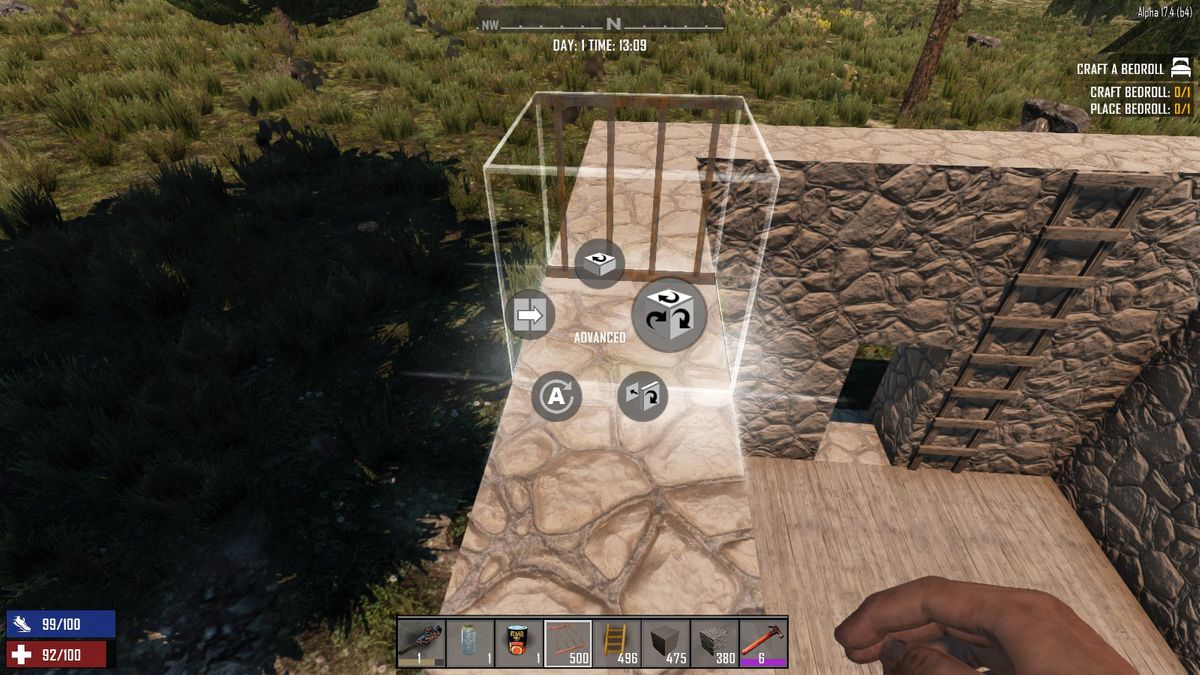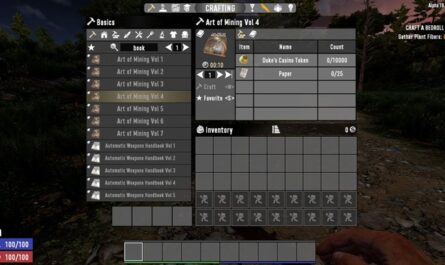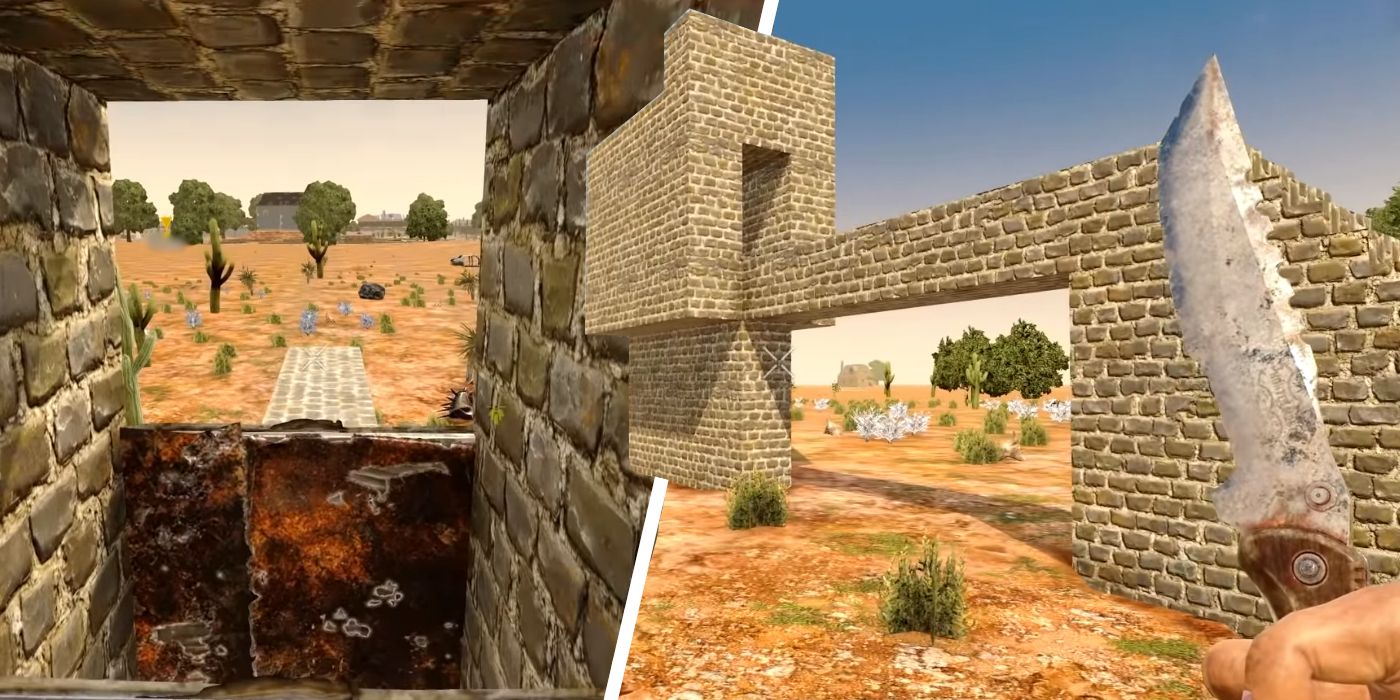

The result is a copy of the original image with the clear background area rendered dark blue and the image reproduced as a white line. The unconverted coating is washed away, and the paper is then dried. When a strong image is seen the frame is brought indoors to stop the process. Where the India ink blocks the ultra-violet light the coating does not convert and remains soluble. Where ultra-violet light is transmitted through the tracing paper, the light-sensitive coating converts to a stable blue or black dye.

The frame is put out into daylight, requiring a minute or two under a bright sun, or about ten minutes under an overcast sky to complete the exposure. The tracing paper drawing is placed on top of the sensitized paper, and both are clamped under glass, in a daylight exposure frame, which is similar to a picture frame. Engineers and architects drew their designs on cartridge paper these were then traced on to tracing paper using India ink for reproduction whenever needed. This is a simple process for the reproduction of any light transmitting document.

Excess ammonium ferric citrate and potassium ferricyanide are then washed away. The image is then developed using a solution of potassium ferricyanide forming insoluble ferroferricyanide ( Prussian blue or Turnbull's blue) with the divalent iron. When the paper is illuminated, a photoreaction turns the trivalent ferric iron into divalent ferrous iron. The paper is impregnated with a solution of ammonium ferric citrate and dried. The best known is a process using ammonium ferric citrate and potassium ferricyanide. The blueprint process is based on a photosensitive ferric compound. The blueprint process Architectural drawing, 1902 Architectural drawing, Canada, 1936 Practising engineers, architects, and drafters often call them "drawings", “prints”, or “plans”. The term blueprint continues to be used less formally to refer to any floor plan (and even less formally, any type of plan). It has almost entirely been replaced with digital computer-aided construction drawings. It was first largely displaced by the diazo whiteprint process, and later by large-format xerographic photocopiers. The process was not able to reproduce color or shades of grey.

The blueprint process was characterized by white lines on a blue background, a negative of the original. It was widely used for over a century for the reproduction of specification drawings used in construction and industry. Introduced by Sir John Herschel in 1842, the process allowed rapid and accurate production of an unlimited number of copies. The workbench is a requirement to build most advanced components.A blueprint is a reproduction of a technical drawing or engineering drawing using a contact print process on light-sensitive sheets. Additionally it can also be used to craft items and be crafted at the workbench instead of your inventory This can also be used to craft any items not requiring the workbench. Once the item is crafted, it is available in the workbench output slots. Once the item to be crafted is selected in the workbench menu and "craft" is selected, the ingredients move from inventory to the workbench queue. To craft an item, a player must have all ingredients in Inventory. There is no fuel source other than the ingredients necessary to craft a particular item. Once placed, the workbench is ready to use. This enables a player to craft multiple items in parallel, when crafting with the workbench as well as from their backpack, as previously done. Using ingredients held in the players Inventory, the workbench can craft items that the player can normally craft from their backpack as well as items that are only available on the Workbench. The Workbench is an additional crafting queue for the player.


 0 kommentar(er)
0 kommentar(er)
